Most would agree that a curl is a curl regardless of how you do it. This is true for the most part. But there are certain variations that can definitely maximize your efforts and ensure you’re doing enough to really force growth into your guns.
Drag curls are one of the variations we’re referring to and that’s because you can really utilize it to overload the biceps a few different ways. For one, you take A lot of shoulder out of the movement, therefore, ensuring the load gets placed on the biceps. And secondly, you can do a variation that allows you to pull more weight and continue your set after you’ve reached failure.
As a result, you won’t be leaving gains on the table. Not to mention, there are a few different ways that you can do it which will make your training a little more exciting for sure.
Here’s a guide to drag curls…
Muscles Worked
Biceps
Drag curls are a great exercise to develop your biceps muscles on the upper anterior arm. The biceps have two heads (inner and outer) and cross the elbow and shoulder joint, however, they’re a stronger elbow flexor. Biceps also flex when the forearm turns up and down.
Level Up Your Fitness: Join our 💪 strong community in Fitness Volt Newsletter. Get daily inspiration, expert-backed workouts, nutrition tips, the latest in strength sports, and the support you need to reach your goals. Subscribe for free!
Brachialis
The brachialis is the strongest elbow flexor in the absence of supination. It’s located deep to the biceps, originating from the distal anterior humerus and inserting onto the ulnar tuberosity.
When fully developed it helps to push the biceps out while adding a little width to the upper arm. Exercises such as hammer curls, reverse curls, etc are most effective for developing the brachialis. However, this muscle still gets worked with any curl variation.
How To Do Drag Curls
To effectively benefit from drags curls, it’s essential to do them correctly. Although, it’s definitely not a complex movement by any means.
Here’s a step-by-step for how to do the basic drag curl…
- Grip the barbell with hands about shoulder-width apart and stand straight with shoulders back looking straight ahead. The bar should be resting on your upper thighs.
- Curl the bar up your body keeping your elbows back so that the bar in contact with your front side.
- Slowly lower the bar back down while still keeping the bar in contact with your front side.
Tip: Use less weight than you would if doing a heavy, basic standing curl. The tempo can be the same as well although you can also perform your reps a little slower to really focus on the contraction.
Here’s another method for doing drag curls which would allow you to use even heavier weight to overload the biceps. We also mentioned in the beginning that this variation can allow you to continue your set even after hitting failure with any bicep exercise.
- In the same starting position, bend your knees a little, and hinge slightly forward at the hips. The bar should lower down your thigh closer to your knees.
- Use your biceps to drag the bar upward to the stomach but no higher.
3 Effective Drag Curl Variations
There are definitely a few different ways to do drag curls that’ll yield some pretty amazing results.
1. Dumbbell drag curls
Dumbbells are always an extremely useful tool when it comes to muscular development. They allow for a freer range of movement compared to a barbell and if you have any left-to-right imbalances, you can identify and correct it by performing a few extra reps on one side.
Level Up Your Fitness: Join our 💪 strong community in Fitness Volt Newsletter. Get daily inspiration, expert-backed workouts, nutrition tips, the latest in strength sports, and the support you need to reach your goals. Subscribe for free!
But one big benefit of using dumbbells is that you can do seated drag curls and even on an incline bench which will emphasize the long head and allow for a greater stretch in the biceps. You can also use a fixed barbell in the seated position although the range of motion will be shortened which also has its advantages such as being able to train heavier.
Here is how to do dumbbell drag curls:
2. Cable drag curls
Cables provide an alternative to barbells and dumbbells and you can load this variation pretty heavy as well. Cables also allow you to lean back a little bit if you need to. Plus, you have a bunch of different options for handles/attachment.
Watch how to do cable drag curls:
3. Reverse or hammer-grip drag curls
Using a reverse or hammer grip will really activate the brachioradialis/brachialis muscles and maximize their development. You’ll need to use lighter weights for reverse curl variations to be able to maintain a strong, neutral wrist and prevent discomfort or wrist pain.
If you also happen to find a machine that’ll allow you to do drag curls, then, by all means, try it out!
How To Include Drag Curls In Your Training Regime
There are definitely a few ways that you can do this.
Standalone
You can do drag curls as a standalone exercise as you would if programming any single exercise in your routine. So for example, if training biceps, your workout could look something like this…
- Drag curls 3 sets x 10-12 reps
- Incline curls 3 sets x 8-10 reps
- Hammer curls 3 sets x 10-12 reps
Mechanical drop set
You could also do a mechanical drop set which is a very effective way to incorporate it into your training. So, for example, you would do basic cheat curls, and then when you reach failure, you’d transition into drag curls until you hit failure again.
Finisher
Drag curls also make a great finisher. So, after you’re done training biceps using other exercises, you’d just do a few sets to really burnout and reach maximum failure. You can
Also check:
- 12 Best Biceps Exercises
- Best Old-School Bicep Workouts
- Unique Must-Have Bicep Exercises
- Bicep Curl vs. Hammer Curl
Wrapping Up
Drag curls are a definite must in your biceps training arsenal. We’re sure you’ll experience better progress if you include them regularly and feel free to use the different variations to mix things up even more.
Basic bicep curls are great but sometimes it’s necessary to use certain techniques that’ll give us even more from our efforts.
Interested in measuring your progress? Check out our strength standards for Hammer Curl, Cheat Curl.

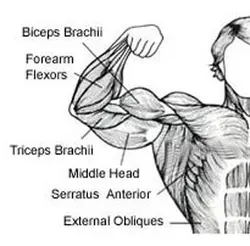

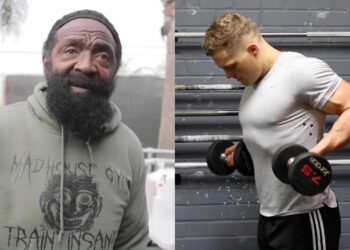
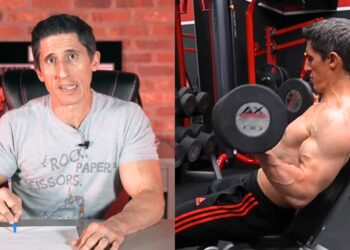

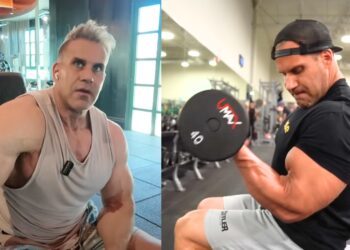
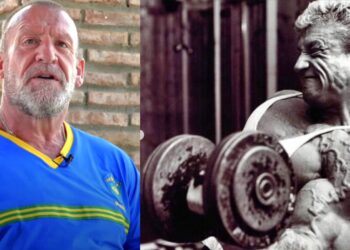
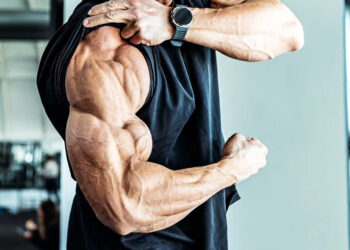

Very interesting and seems effective